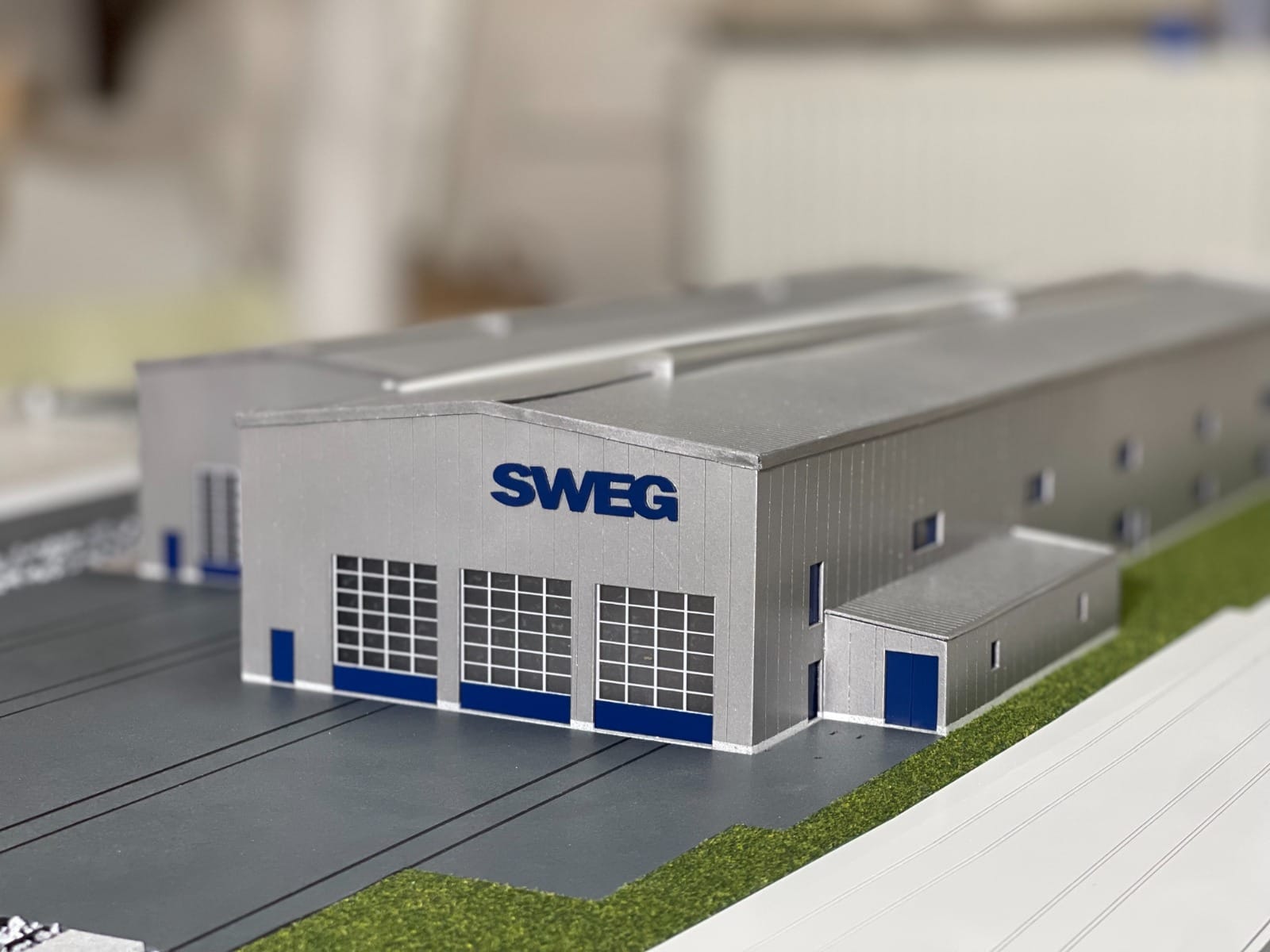Real estate models serve as crucial tools in the architecture and real estate industries, offering a tangible representation of future developments and concepts. These models can range from simple sketches to fully realized architectural replicas. In Mallorca, where the property market is vibrant and diverse, the demand for real estate model Maljorca has surged, driven by both local developers and international investors seeking to visualize their investments. This article will delve into the significance, characteristics, and future trends of real estate models, particularly in the unique context of Mallorca, a leading real estate hotspot.
What is a Real Estate Model?
A real estate model is a scaled-down representation of a proposed property or development project. It encompasses various architectural elements, such as layout, materials, and landscaping, providing stakeholders with a clear visual and spatial understanding of the project. These models can vary in complexity from quick conceptual representations to intricate physical models that incorporate electrical systems, lighting, and even landscaping features.
The Importance of Model Making in Real Estate
The importance of model making in real estate cannot be overstated. Models play an essential role in the architectural design process, serving multiple purposes:
- Visualization: Models give clients, investors, and stakeholders a realistic view of the project, allowing them to grasp design intentions and scales easily.
- Marketing Tool: High-quality models can be powerful marketing tools, showcasing a property in its best light, influencing buyer decisions.
- Facilitating Communication: Models act as effective communication tools among architects, developers, and contractors, ensuring everyone understands the design intent.
- Informing Decision-Making: Physical models can help in assessing design choices, enabling iterative changes before construction begins, ultimately saving time and resources.
Applications of Real Estate Models in Mallorca
In Mallorca, real estate models are employed across various applications, reflecting the region’s unique architecture and environmental characteristics. Developers utilize models for residential projects, commercial centers, and hospitality venues to represent local styles and features accurately. The models assist in portraying how a building will integrate with the beautiful Mallorca landscape, considering factors such as light, terrain, and existing ecological systems. Furthermore, as the island attracts an array of international buyers, the use of detailed models has become vital in reassuring potential investors about project viability and value.
Key Features of Real Estate Models in Mallorca
Design Elements Specific to Mallorca Properties
The design of real estate models in Mallorca typically includes elements that reflect the island’s unique architectural identity. This includes Mediterranean styles characterized by:
- Whitewashed Facades: Many properties in Mallorca sport traditional white exteriors that blend with the natural surroundings, a style that models will replicate closely.
- Terracotta Roof Tiles: The iconic terracotta roofs are a signature of Mallorcan architecture, adding warmth and authenticity to models.
- Open Spaces and Balconies: Many homes boast expansive terraces and balconies that provide stunning views of the island, essential features reflected in the models to showcase the lifestyle benefits.
- Landscape Integration: Models often include surrounding gardens, pools, and natural terrains to emphasize the harmonious relationship between the building and its environment.
Material Selection for Durability and Realism
Choosing the appropriate materials is critical for creating effective real estate models that are both durable and realistic. Commonly used materials for model construction in Mallorca include:
- Plywood and MDF: These materials are used for their strength and are easily manipulated to create detailed structures.
- Acrylic and Plexiglass: Often employed for glazing and window features, these materials can simulate the clarity and brilliance of glass in a property.
- 3D Printed Components: With advancements in technology, incorporating 3D printing allows for customizing intricate details that enhance realism.
- Natural Elements: To replicate landscape features, materials such as real soil, plants, and miniature trees are often integrated.
Innovative Techniques in Model Construction
The construction of real estate models has evolved with technological innovations. Some notable techniques include:
- Digital Modeling: Software like CAD (Computer-Aided Design) allows designers to create virtual models before physical production, streamlining the design process.
- Virtual Reality Integration: Combining physical models with virtual reality enables stakeholders to experience the space in an immersive way, providing a deeper understanding than traditional models.
- Laser Cutting: This technology enables precision-cut parts, enhancing detail and accuracy in models.
- Modular Building Techniques: Using pre-fabricated sections can speed up the assembly process while maintaining high standards for realism.
Best Practices for Creating Real Estate Models
Step-by-Step Model Development Process
Creating a successful real estate model involves a structured approach. The following steps outline this process:
- Conceptual Design: Basic sketches and ideas should be transformed into a conceptual design, considering the project’s specific goals and challenges.
- Material Selection: Choosing materials that align with the design intent and ultimate use of the model is crucial for both aesthetics and durability.
- Sculpting and Assembly: Building the model can begin with large-scale features, followed by finer details and landscaping.
- Final Touches: Add color, textures, and lighting features to enhance realism and functionality in presentations.
- Review and Iterate: Present the model to stakeholders for feedback and be ready to iterate and refine the design based on input.
Choosing the Right Scale and Size
Selecting an appropriate scale for the model is essential, as it impacts how accurately the concepts are conveyed. Popular scales might range from 1:50 for larger projects to 1:200 for displaying context. Factors to consider include:
- Detail Level: A larger scale allows for intricate details, while a smaller scale may focus on broader environmental interactions.
- Presentation Specifications: The intended environment for displaying the model might dictate the size; for instance, gallery exhibitions often require larger, more detailed models.
- Budget Restrictions: Larger models typically require more investment in materials and time, so budget constraints must be understood and respected.
Integrating Technology in Model Making
Incorporating modern technology into the model-making process enhances creativity and efficiency. Effective technology integration includes:
- 3D Printing: Allows for precise replicas of design elements that can be difficult to achieve through traditional construction methods.
- Augmented Reality: Enabling clients to view digital overlays on physical models can provide additional data and visual insights.
- Digital Visualization Tools: Programs that simulate environmental conditions (lighting, shadows) allow for thorough planning in the early stages of design.
- Remote Collaboration Platforms: Tools that enable remote feedback from clients can streamline decision-making and improve project timelines.
Case Studies: Successful Real Estate Models in Mallorca
High-Profile Developments and Their Models
Several high-profile developments in Mallorca have successfully utilized real estate models to boost their appeal. Notable examples include:
- Residential Complexes in Palma: Models showcasing luxury apartments helped buyers visualize spatial arrangements and neighborhood interaction, which ultimately facilitated sales.
- Beach Villas in Andratx: Floating models presented on water simulated direct ocean access, rendering visualizations that emphasized lifestyle aspects dramatically.
Client Feedback and Interaction with Models
Gathering feedback from potential clients during the model presentation process is invaluable. One notable instance involved a developer in Mallorca who utilized client input to make modifications on a proposed hotel design, opting for more open spaces based on prospective guest feedback. Such engagement creates alignment and can improve satisfaction with the final product.
Lessons Learned from Model Exhibits in Mallorca
Exhibiting real estate models in high-traffic areas or luxury property fairs has proven beneficial for many developers. Key lessons include:
- The Power of Scale: Special attention must be paid to the scale of models in busy environments; larger models can capture passerby attention more effectively.
- Interactivity: Allowing viewers to engage with the model promotes curiosity and deeper understanding, resulting in positive impressions and interest.
Future Trends in Real Estate Modeling
Emerging Technologies and 3D Printing
Emerging technologies, particularly advancements in 3D printing, will continue to revolutionize the landscape of model making. The ability to iterate quickly and create highly detailed components will lead to more elaborate and accurate real estate models, enhancing their functionality as marketing tools. As 3D printing becomes more accessible, smaller firms in Mallorca will be able to produce quality models, leveling the playing field in the real estate market.
Sustainable Practices in Architectural Model Making
With increasing awareness of sustainability in construction, there will likely be a push towards eco-friendly materials and practices in model making. Using biodegradable materials and focusing on sustainable sourcing aligns with the broader movement toward green building practices in real estate projects across Mallorca.
The Growing Demand for Real Estate Models in Mallorca
The demand for real estate models in Mallorca will continue to grow, fueled by various factors including rising property prices, a competitive market, and the need for differentiation among developments. As international buyers flock to the island, the ability to visually convey the unique offerings of properties through detailed and innovative models becomes even more essential. This indicates a bright future for model makers and real estate developers alike, as they collaborate to cater to an evolving and discerning market.



